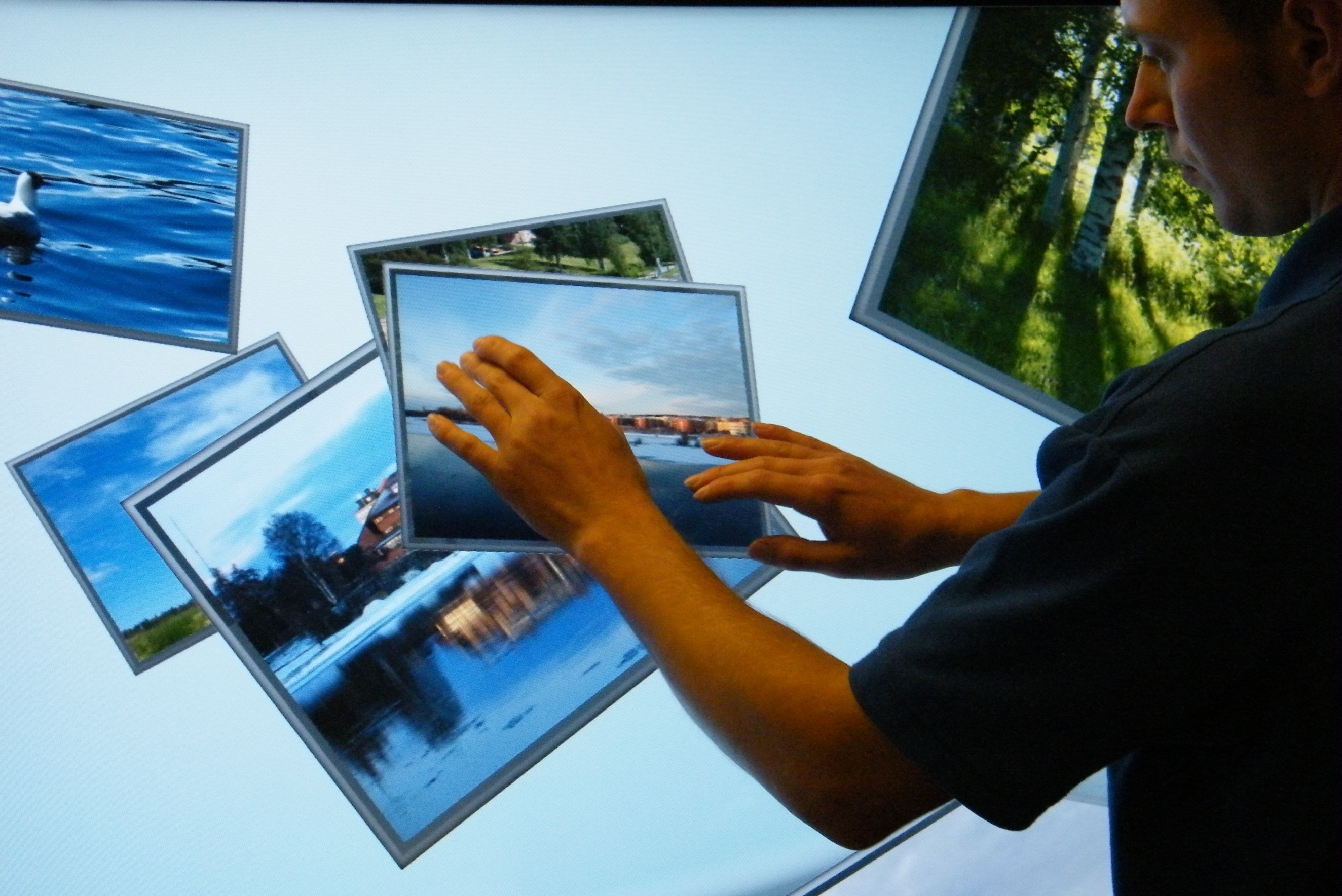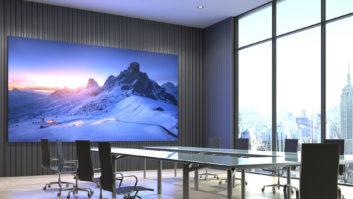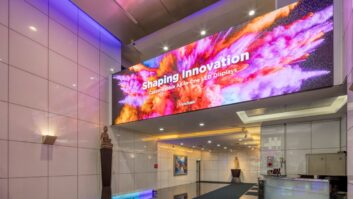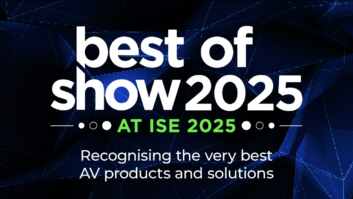
In the first part of this feature we revealed the extent to which the interactive displays market has grown across different sectors and how consumers increasingly expect screens to be interactive. In the second part, Steve Montgomery looks at the developments already being made to keep up with demand and the technologies from other industries set to influence the market.
Demand for interactivity has led to the development of new display formats. Touch tables for collaborative working and retail product promotion are growing in popularity. Touch sensitivity is often supplemented by barcode readers and RFID sensors so that the display can be associated with actual product samples. Recently introduced transparent displays also benefit from touch capability and are finding application in new market areas; from in-store retail displays to interactive and intelligent fridges that are capable of providing product information and advertising to customers at the point of sale.
Wolfgang Herfurtner, CEO of Evoluce, predicts that demand for this type of interactive display will “explode, when the transparency of the display allows it to be used without a brightly lit backbox. New applications for conference rooms, retail, museums and in the home will emerge for which touch interaction will be a big feature.”
Large, high-resolution LED displays are also targets for interactive applications. “Our 1.2mm LED display is used throughout commerce and industry,” explains Laila Hede Jensen, SiliconCore’s vice president of sales for Europe. “Boardrooms are a huge market for interactivity at the moment, enabling presentations showing multiple windows at one time. Teams of users can simultaneously swipe though content as well as combining BYOD applications. Car manufacturers are installing large interactive visualisation displays that enable them to zoom into the tiniest details in the car. Our technology is completely scalable with interactivity as an external add-on, rather than inbuilt, so touchscreens suit the exact requirement and application.”
Microsoft has identified the corporate interactive screen as a major market opportunity and will be shipping new products later this year to address it. Described by Microsoft as a ‘new kind of productivity experience optimised for groups’, the Microsoft Surface Hub uses a variety of sensing techniques to detect 100 multitouch points and three simultaneous pen inputs. Dual front-facing video cameras and a four-element microphone array detect and follow voices to eliminate background noise during videoconferencing sessions.
“The Microsoft Surface Hub is a perfect example of a major manufacturer designing the ideal solution,” believes Sidwick. “This product will affect the meeting room market in the same way that the iPhone affected the mobile market. This is a fundamental step change, delivering full communication and collaboration functionality through the highest-quality touch interface in a familiar operating environment platform. It will be a game changer.”
For future developments, we should look towards mobile phone technology and trends. Direct touch control is almost exclusive, user identification, voice and gesture control are being introduced and are likely to become a standard means of control. These techniques will undoubtedly filter down to large-format interactive displays in the years to come.







